Japanese society is, by many measures, on the shy side when it comes to love. Full-grown adults often keep having a boyfriend or girlfriend a secret because they’re afraid of being teased or questioned about marriage, and if you see someone dressed up nicely carrying a bouquet of flowers, they’re far more likely to be going to a farewell party for a coworker than a date with a special someone.
However, there is one way in which Japan is refreshingly upfront with its romantic ambitions: the singles’ party known as a gokon. Literally meaning “matching party,” at a gokon you get an equal number of unattached men and women together, usually at a restaurant with plenty of alcoholic drinks, and see if there are any compatible pairs in the group.
As a guy, the combination of booze and girls seems like an ideal situation. But the flip side is that you’re also being judged by a panel of the opposite sex, so there are some serious pitfalls to look out for, and women in their 20s and 30s were recently polled as to the surest ways a guy can blow his chances at one of these parties.
Read More

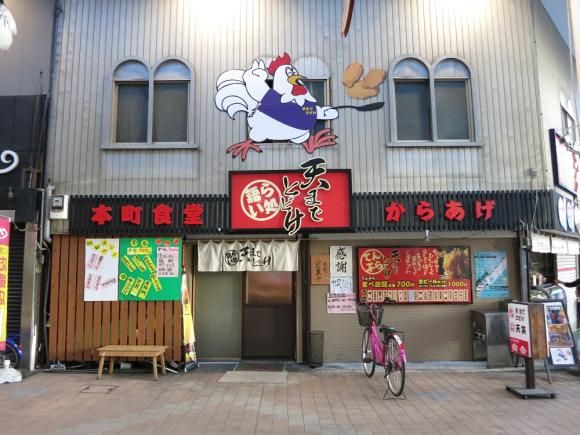
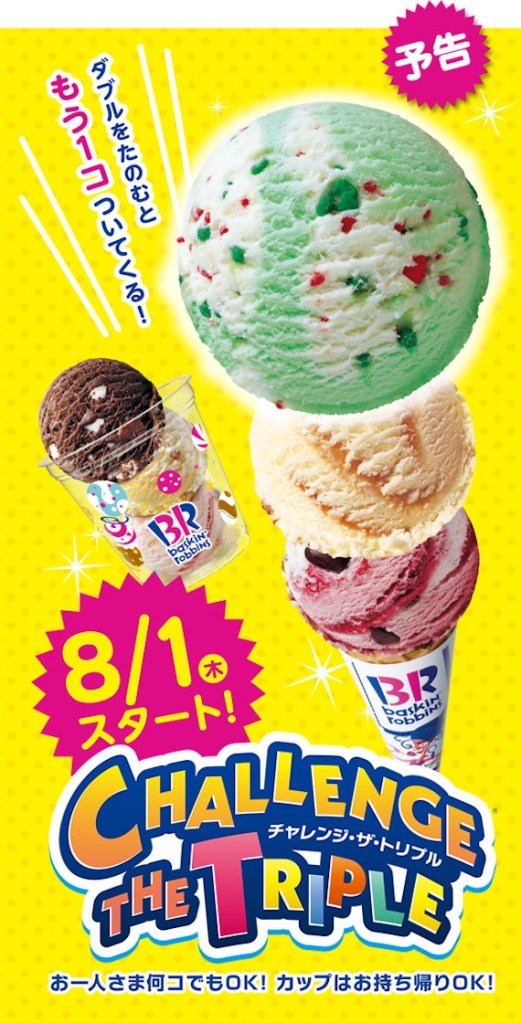
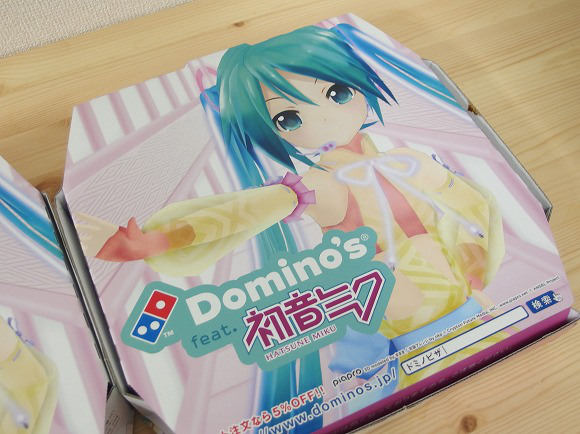

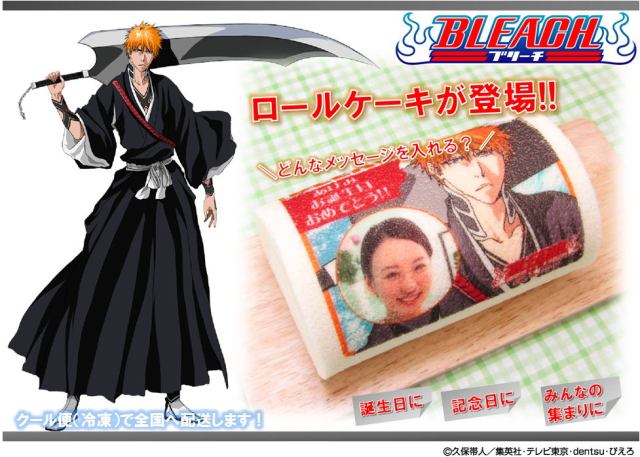
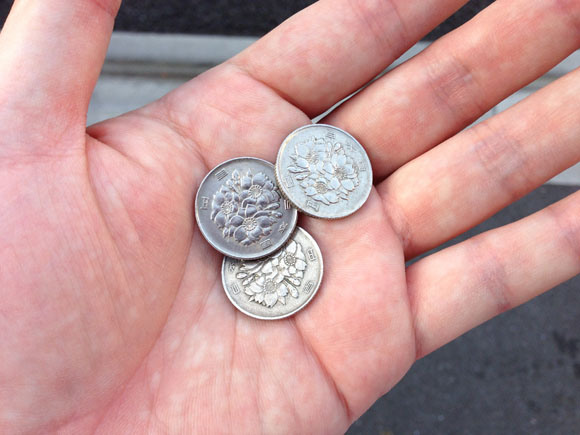
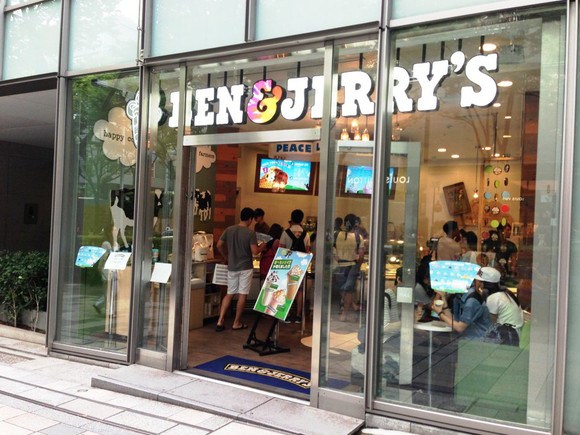

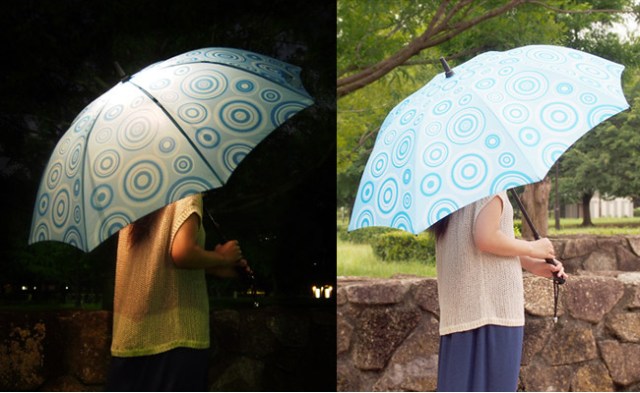
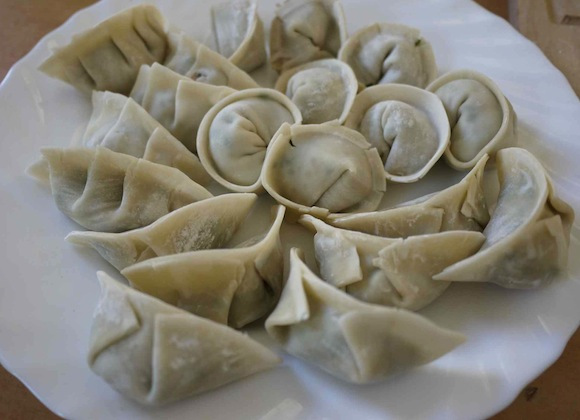
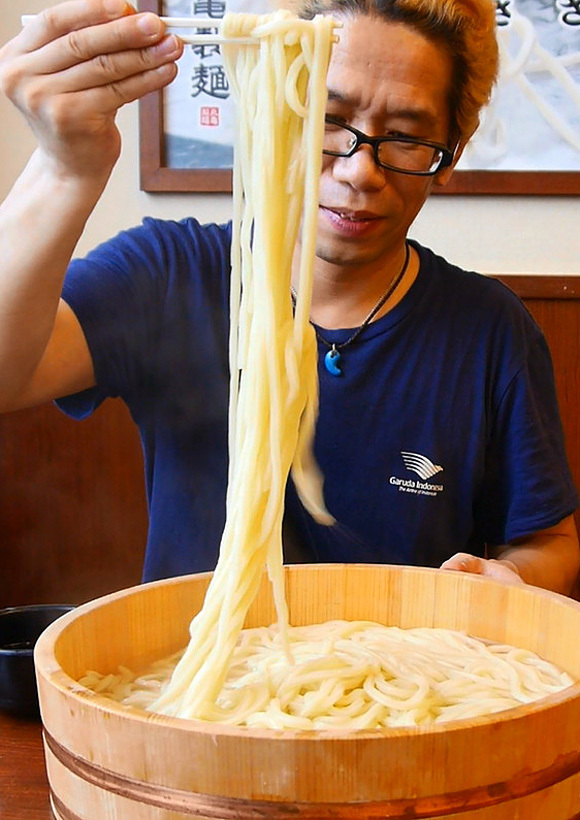
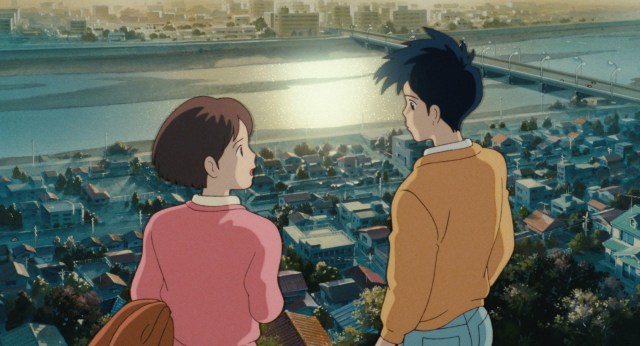
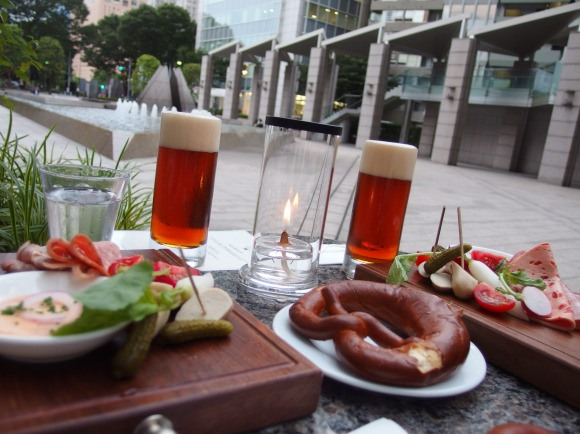
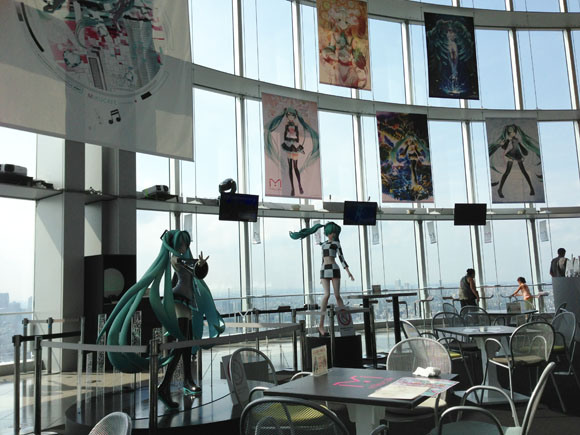
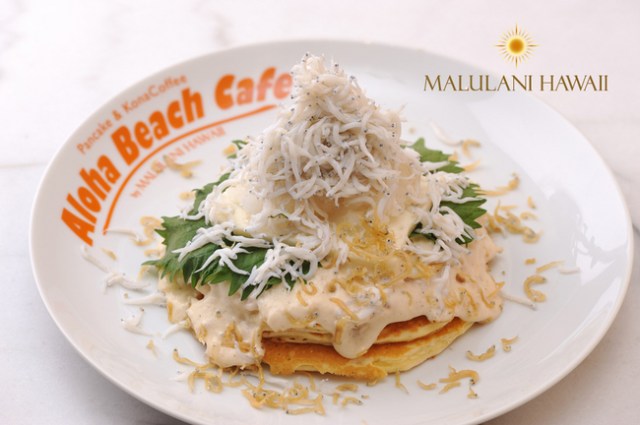
 Tokyo park’s sea of clouds, nighttime illumination, and cosplay days make now perfect time to visit
Tokyo park’s sea of clouds, nighttime illumination, and cosplay days make now perfect time to visit After cancelling Halloween, Tokyo’s Shibuya neighborhood cancels New Year’s Eve too
After cancelling Halloween, Tokyo’s Shibuya neighborhood cancels New Year’s Eve too Japanese job-quitting service contacted by other job-quitting service because employee wants to quit
Japanese job-quitting service contacted by other job-quitting service because employee wants to quit Beautiful Japanese garden green tea crepes waiting in Tokyo’s historical Asakusa neighborhood
Beautiful Japanese garden green tea crepes waiting in Tokyo’s historical Asakusa neighborhood American jackass tourist arrested after carving name into gate at Tokyo’s Meiji Shrine【Video】
American jackass tourist arrested after carving name into gate at Tokyo’s Meiji Shrine【Video】 Ghibli’s Princess Mononoke teams up with Foxfire for outdoor apparel collaboration【Photos】
Ghibli’s Princess Mononoke teams up with Foxfire for outdoor apparel collaboration【Photos】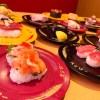 We eat 13 of the most highly recommended sushi items at Sushiro and pick the best of the best
We eat 13 of the most highly recommended sushi items at Sushiro and pick the best of the best Samurai ritual suicide contest cancelled by organizer in west Japan
Samurai ritual suicide contest cancelled by organizer in west Japan Hardcore Pokémon fans in Japan are spending a TON of money on Pokémon Trading Card Game Pocket
Hardcore Pokémon fans in Japan are spending a TON of money on Pokémon Trading Card Game Pocket Get a taste of Diglett, the star of Mister Donut’s new Pokémon doughnut collaboration in Japan
Get a taste of Diglett, the star of Mister Donut’s new Pokémon doughnut collaboration in Japan Ghibli Park debuts first winter illumination display with Howl’s Moving Castle theme
Ghibli Park debuts first winter illumination display with Howl’s Moving Castle theme Sanrio and magical girl anime PreCure join forces for new merch line【Photos】
Sanrio and magical girl anime PreCure join forces for new merch line【Photos】 Tokyo restaurant isn’t kidding about the name of its overflowing rare wagyu-ju【Photos】
Tokyo restaurant isn’t kidding about the name of its overflowing rare wagyu-ju【Photos】 New Ghibli papercraft kit gives you a little Princess Mononoke forest on your desk【Photos】
New Ghibli papercraft kit gives you a little Princess Mononoke forest on your desk【Photos】 Pringles releases a limited-edition sweet flavour in Japan
Pringles releases a limited-edition sweet flavour in Japan Starbucks releases new Wicked tumblers in Japan
Starbucks releases new Wicked tumblers in Japan Off-the-beaten-tourist-track observatory tower in Tokyo has great views of the city…for free!
Off-the-beaten-tourist-track observatory tower in Tokyo has great views of the city…for free! Japan’s Pokémon donuts are evolving as Diglett grows into Dugtrio churro!
Japan’s Pokémon donuts are evolving as Diglett grows into Dugtrio churro! Nintendo’s controller capsule toys are so cool, even the machine you buy them from is awesome【Pics】
Nintendo’s controller capsule toys are so cool, even the machine you buy them from is awesome【Pics】 Tokyo Disneyland loses top-attendance crown for Japanese theme parks for second year in a row
Tokyo Disneyland loses top-attendance crown for Japanese theme parks for second year in a row Adult Jam Bread causes a stir at store in Tokyo
Adult Jam Bread causes a stir at store in Tokyo What’s the deal with akebi, the perfectly purple, alien-like fruit that’s in season now in Japan?
What’s the deal with akebi, the perfectly purple, alien-like fruit that’s in season now in Japan? Kyoto becomes City of Yokai, with Night Parade of One Hundred Demons festival this autumn
Kyoto becomes City of Yokai, with Night Parade of One Hundred Demons festival this autumn Totoro, Calcifer, other Ghibli stars returning as humidifiers ahead of Japan’s dry winter days【Pics】
Totoro, Calcifer, other Ghibli stars returning as humidifiers ahead of Japan’s dry winter days【Pics】 McDonald’s new Happy Meals offer up cute and practical Sanrio lifestyle goods
McDonald’s new Happy Meals offer up cute and practical Sanrio lifestyle goods Foreign tourists on Shinkansen bullet train break suitcase etiquette, angering local passengers
Foreign tourists on Shinkansen bullet train break suitcase etiquette, angering local passengers [Deleted] Article written for April Fool’s Day 2018
[Deleted] Article written for April Fool’s Day 2018 Japanese government to make first change to romanization spelling rules since the 1950s
Japanese government to make first change to romanization spelling rules since the 1950s Foreigner’s request for help in Tokyo makes us sad for the state of society
Foreigner’s request for help in Tokyo makes us sad for the state of society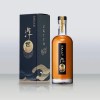 Ghibli founders Toshio Suzuki and Hayao Miyazaki contribute to Japanese whisky Totoro label design
Ghibli founders Toshio Suzuki and Hayao Miyazaki contribute to Japanese whisky Totoro label design Japanese convenience store Family Mart announces abolishment of eat-in spaces
Japanese convenience store Family Mart announces abolishment of eat-in spaces Princesses, fruits, and blacksmiths: Study reveals the 30 most unusual family names in Japan
Princesses, fruits, and blacksmiths: Study reveals the 30 most unusual family names in Japan Doraemon found buried at sea as scene from 1993 anime becomes real life【Photos】
Doraemon found buried at sea as scene from 1993 anime becomes real life【Photos】 Life-size vibrating Legend of Zelda Master Sword for sale from Nintendo【Photos】
Life-size vibrating Legend of Zelda Master Sword for sale from Nintendo【Photos】 Ghibli’s Princess Mononoke teams up with Foxfire for outdoor apparel collaboration【Photos】
Ghibli’s Princess Mononoke teams up with Foxfire for outdoor apparel collaboration【Photos】 We eat 13 of the most highly recommended sushi items at Sushiro and pick the best of the best
We eat 13 of the most highly recommended sushi items at Sushiro and pick the best of the best Samurai ritual suicide contest cancelled by organizer in west Japan
Samurai ritual suicide contest cancelled by organizer in west Japan Hardcore Pokémon fans in Japan are spending a TON of money on Pokémon Trading Card Game Pocket
Hardcore Pokémon fans in Japan are spending a TON of money on Pokémon Trading Card Game Pocket Get a taste of Diglett, the star of Mister Donut’s new Pokémon doughnut collaboration in Japan
Get a taste of Diglett, the star of Mister Donut’s new Pokémon doughnut collaboration in Japan Weird Japanese vending machine find of the day: Cream in cans?
Weird Japanese vending machine find of the day: Cream in cans? Japan’s new difficult-to-drink-from beer glass protects your liver, but it’s a brutal experience
Japan’s new difficult-to-drink-from beer glass protects your liver, but it’s a brutal experience Haku is…Chihiro’s dead brother? Studio Ghibli fans blown away by Spirited Away theory
Haku is…Chihiro’s dead brother? Studio Ghibli fans blown away by Spirited Away theory Doraemon found buried at sea as scene from 1993 anime becomes real life【Photos】
Doraemon found buried at sea as scene from 1993 anime becomes real life【Photos】 Effect of Dragon Ball-style Gravity Chamber on training studied at Chubu University
Effect of Dragon Ball-style Gravity Chamber on training studied at Chubu University Fukuoka town builds enormous Godzilla replica out of… straw?
Fukuoka town builds enormous Godzilla replica out of… straw? Katsu weight showdown! Which Japanese supermarket gives you the most tonkatsu meat for your yen?
Katsu weight showdown! Which Japanese supermarket gives you the most tonkatsu meat for your yen? Sip with Snorlax – Clever drinkware design creates Pokémon in your glass with every pour【Pics】
Sip with Snorlax – Clever drinkware design creates Pokémon in your glass with every pour【Pics】 Can you make instant udon noodles with room-temperature water? We find out
Can you make instant udon noodles with room-temperature water? We find out